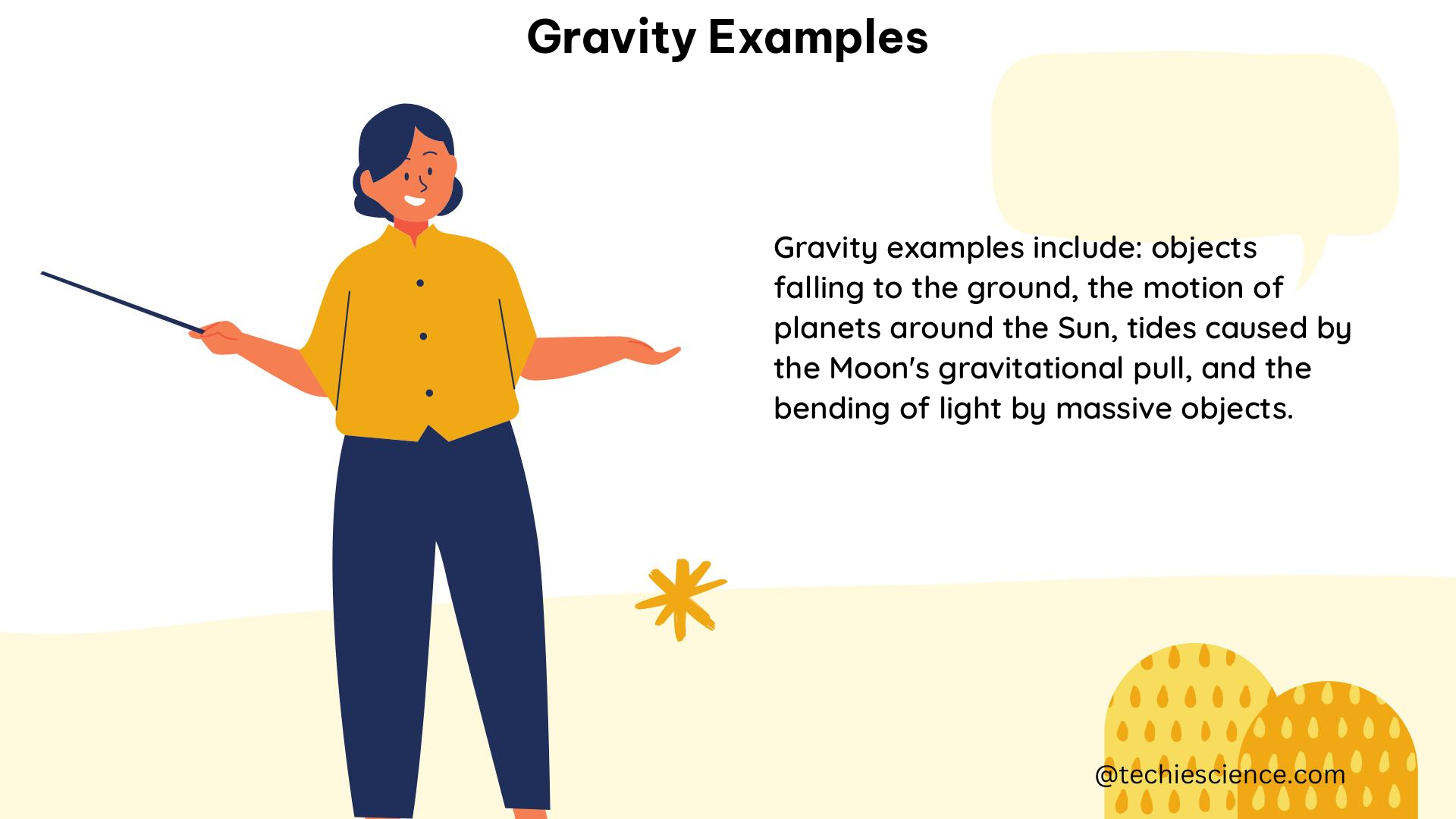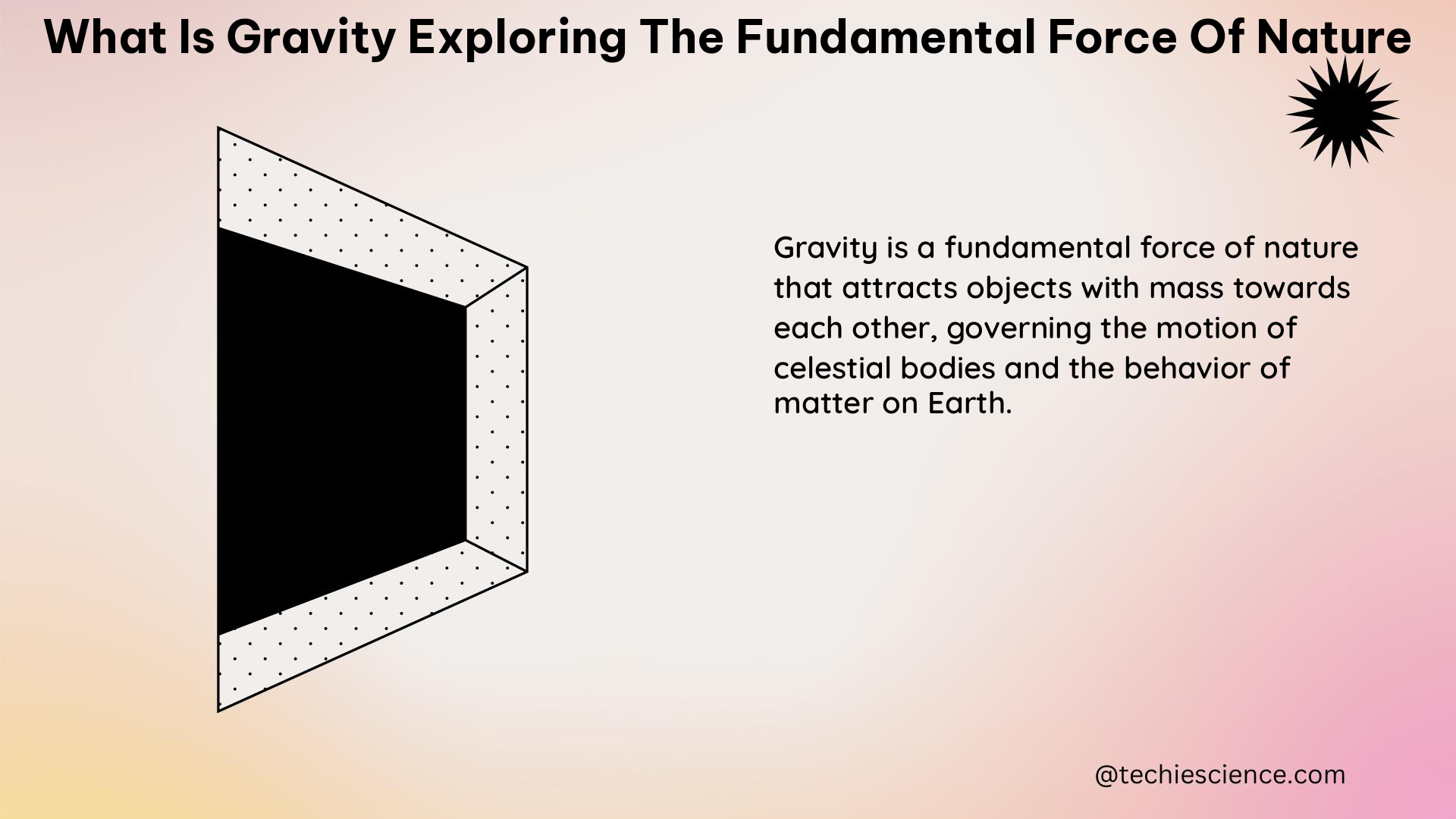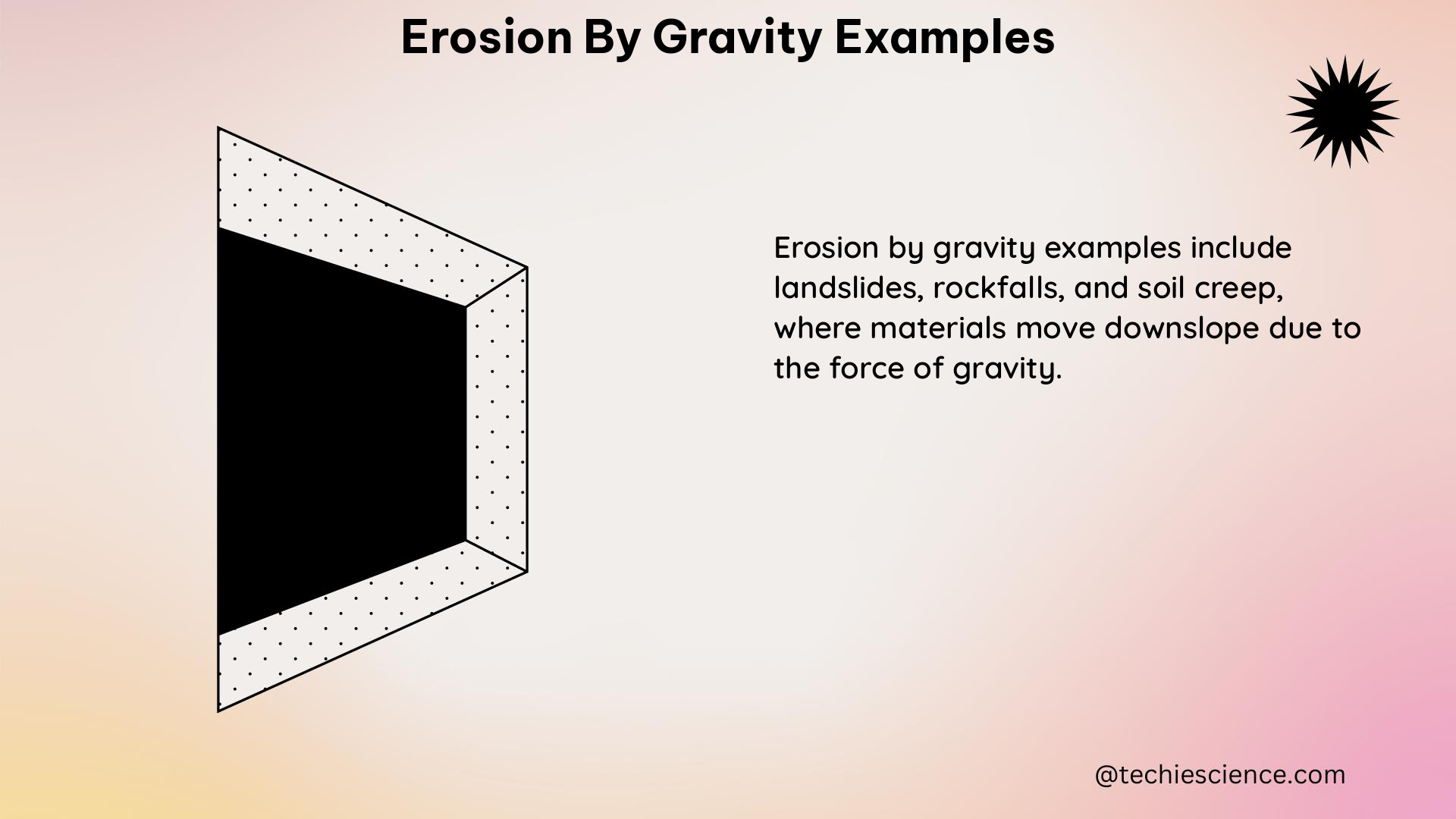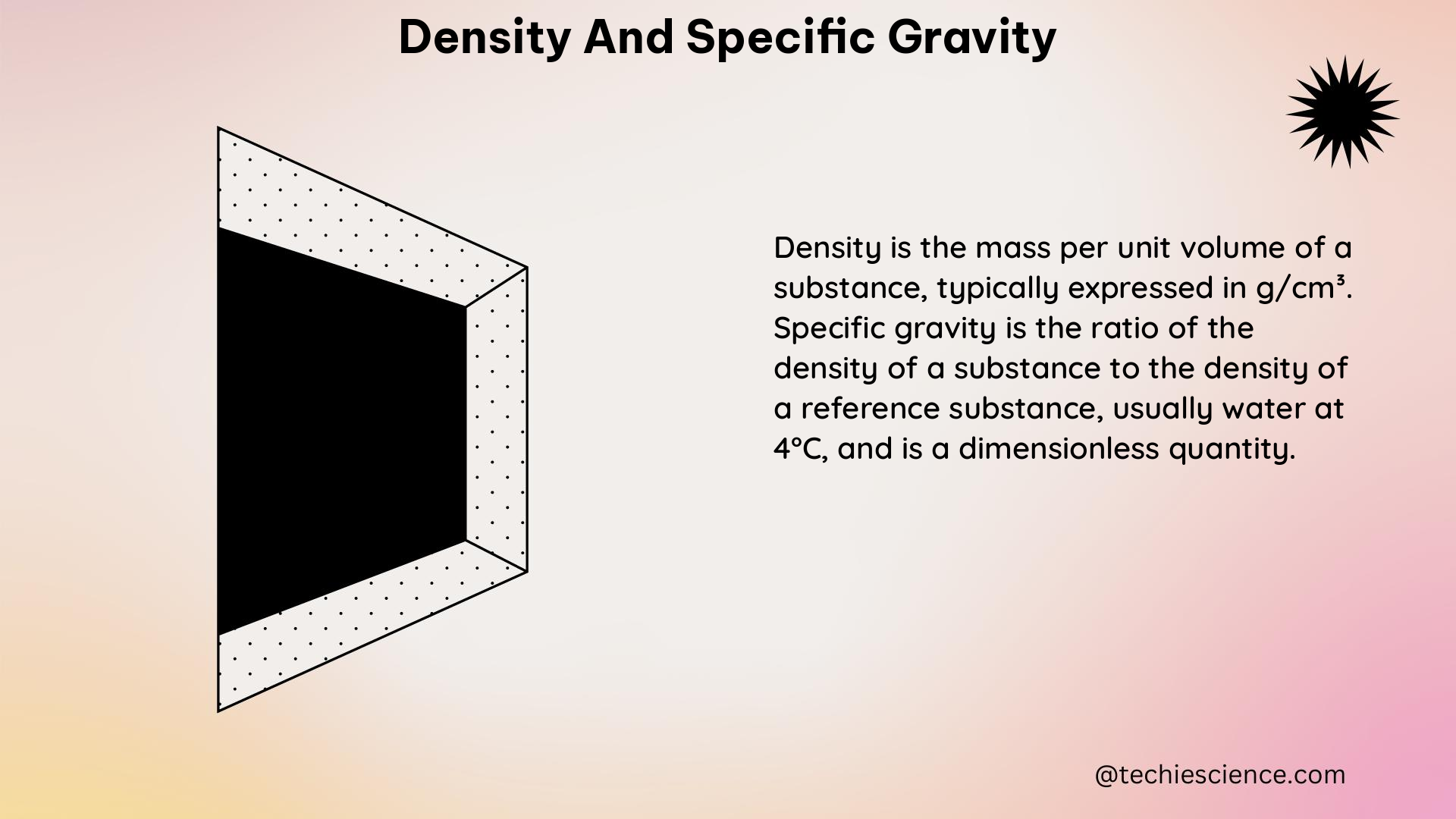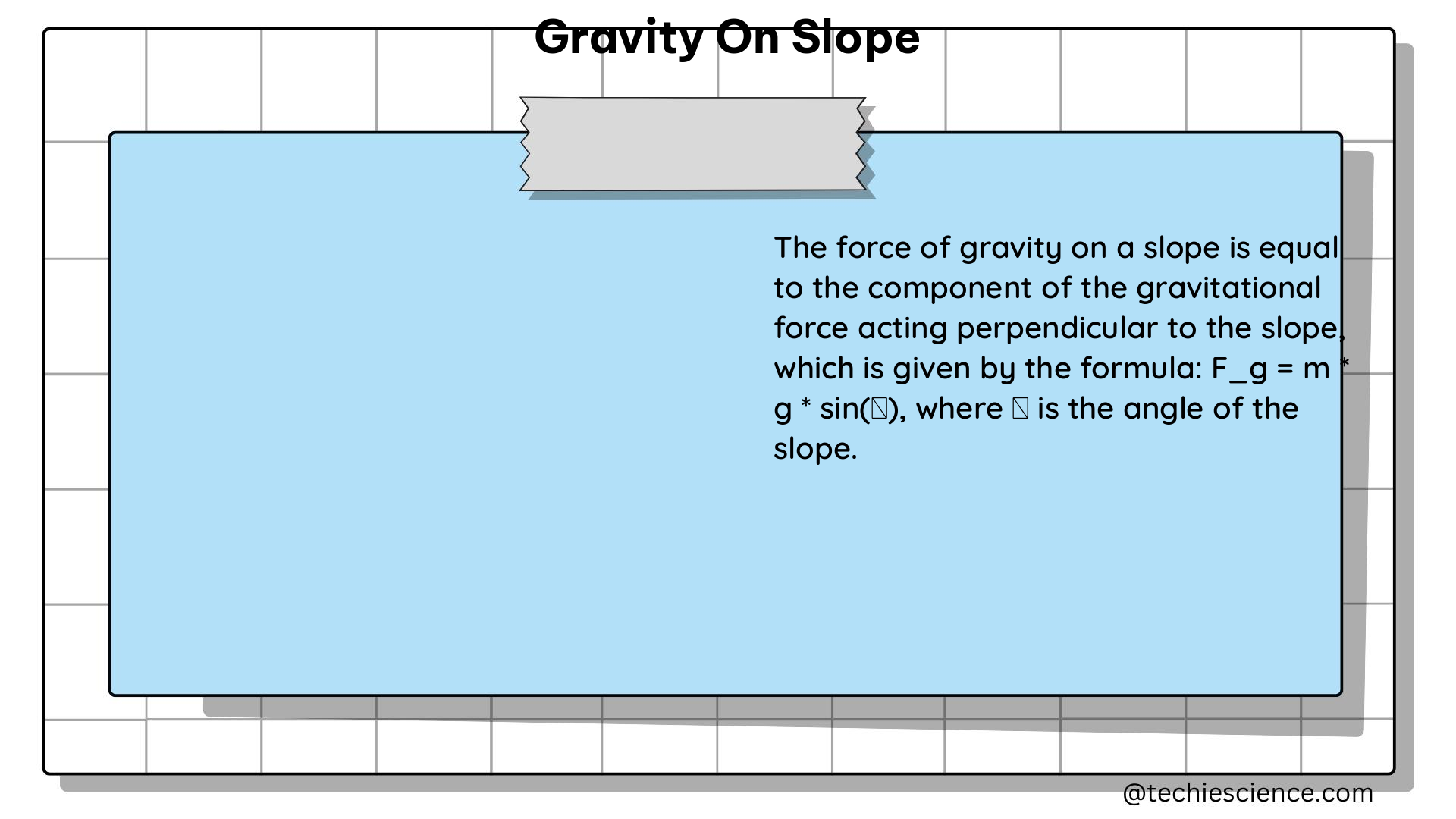Gravity in a vacuum is a captivating topic in the realm of physics, as it allows us to study the fundamental force of gravity without the influence of other matter or energy. The strength of gravity in a vacuum is typically measured in units of acceleration, such as meters per second squared (m/s^2) or the cgs gal (Gal), which is equivalent to 1 centimeter per second squared. The standard unit of acceleration in the SI system is the m/s^2.
Measuring Gravity in a Vacuum: Torsion Balance Experiments
One of the most precise ways to measure the strength of gravity in a vacuum is through the use of a torsion balance, as demonstrated by Henry Cavendish in his landmark experiment in 1798. In this experiment, Cavendish measured the gravitational attraction between two small lead balls balanced on a beam and two larger lead balls placed near them. By measuring the deflection of the beam and the time it took for the wire to twist between the minimum and maximum distances, Cavendish was able to calculate the strength of the gravitational pull between the masses and obtain a value of the gravitational constant, G, that was within 1% of modern measured values.
The gravitational constant, G, is a fundamental physical constant that describes the strength of the gravitational force between two objects. It is measured in units of N⋅m^2/kg^2 (Newton-meters squared per kilogram squared) and has a value of approximately 6.67 × 10^-11 N⋅m^2/kg^2.
The formula for the gravitational force between two objects is given by:
F = G * (m1 * m2) / r^2
Where:
– F is the gravitational force between the two objects
– G is the gravitational constant
– m1 and m2 are the masses of the two objects
– r is the distance between the centers of the two objects
Modern versions of the torsion balance have been developed, such as the one used at NIST, which employs a set of eight masses to measure the gravitational constant. The larger masses are placed on an outer carousel, and the smaller ones lie on a disk suspended by a fiber. By moving the larger masses into different configurations with respect to the smaller ones, the apparatus twists back and forth. A highly sensitive optical device is then used to measure the rate of back-and-forth motion and deflection of the disk as the masses’ positions change.
The NIST torsion balance experiment has achieved a precision of 1 part in 100,000 in the measurement of the gravitational constant, G. This level of precision is crucial for understanding the behavior of gravity in a vacuum and its implications for various fields of physics, such as cosmology and general relativity.
Quantum Approaches to Measuring Gravity in a Vacuum
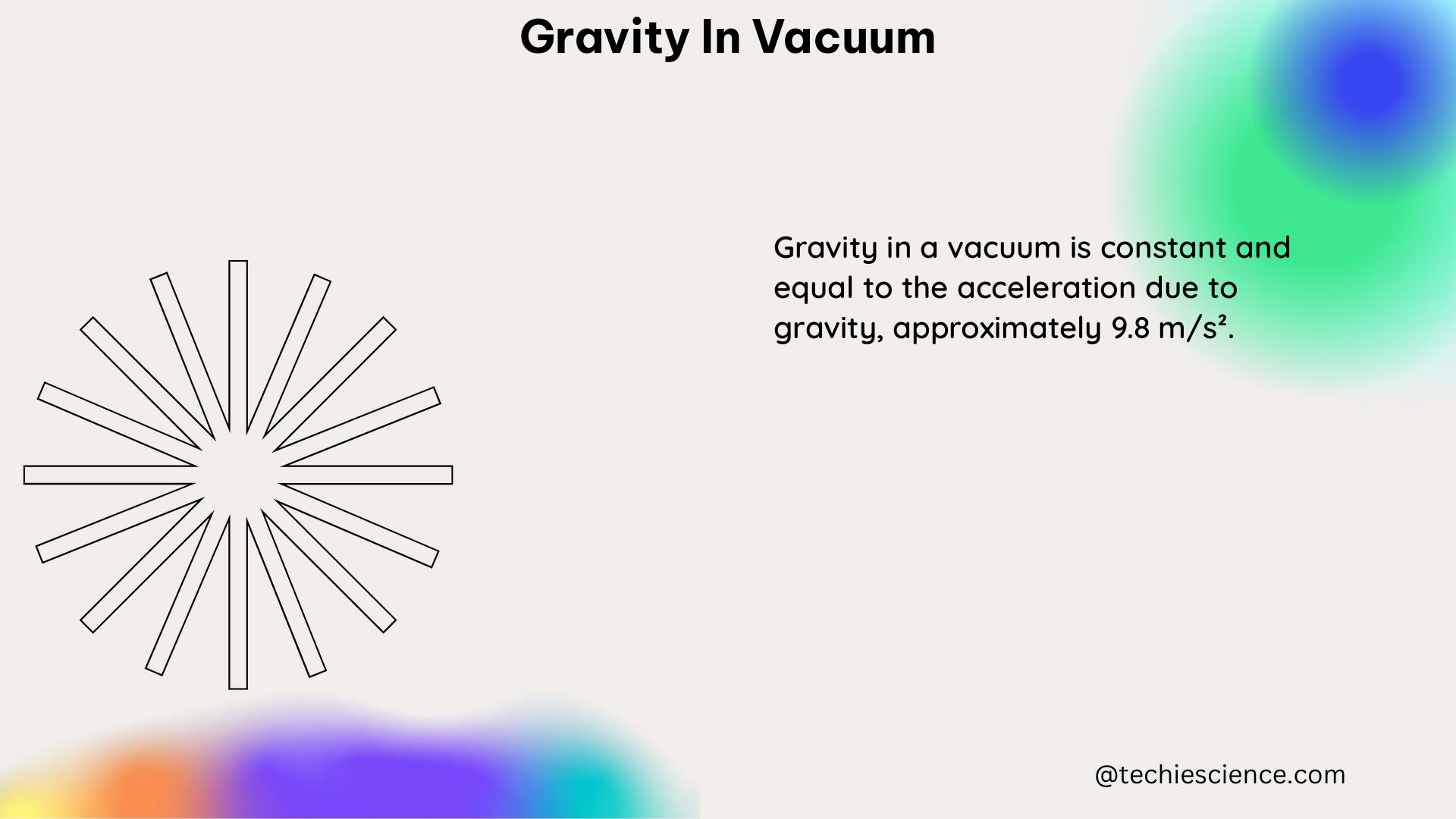
In addition to torsion balances, researchers are also using modern ideas from quantum physics to measure the strength of gravity in a vacuum. One such technique is atom interferometry, which takes advantage of the fact that atoms can act like waves and interfere with each other.
The basic principle of atom interferometry is as follows:
1. A cloud of ultracold atoms is split into two separate wave packets using a beam splitter.
2. The two wave packets are then sent along different paths, with one path being at a higher elevation than the other.
3. The two wave packets are then recombined, and the interference pattern is observed.
4. The degree of gravitational acceleration experienced by the atoms in the two paths can be determined by analyzing the interference pattern.
By splitting a cloud of ultracold atoms into two waves and having them travel on different paths at different elevations, researchers can measure the degree of gravitational acceleration each atom felt by studying the interference pattern of the recombined clouds. This method shows great promise for measuring gravity at short distance scales, as it is highly sensitive to changes in the gravitational field.
One of the key advantages of atom interferometry is its ability to measure gravity with extremely high precision. The technique has been used to measure the gravitational acceleration due to Earth with an accuracy of better than 1 part in 10^9, which is several orders of magnitude more precise than traditional methods.
Importance of Gravity in a Vacuum
Gravity is one of the fundamental forces of the universe, and understanding its behavior in a vacuum is crucial for predicting the orbits of planets and moons in our solar system, as well as the behavior of black holes and the large-scale structure of the universe.
For example, the motion of the planets around the Sun can be accurately described by Newton’s law of gravitation, which states that the gravitational force between two objects is proportional to their masses and inversely proportional to the square of the distance between them. This law holds true even in the vacuum of space, where there are no other forces acting on the planets.
Similarly, the behavior of black holes, which are regions of space-time with such strong gravitational fields that nothing, not even light, can escape, can only be understood by considering the effects of gravity in a vacuum. The theory of general relativity, developed by Albert Einstein, provides a comprehensive framework for understanding the behavior of gravity in the presence of massive objects, such as black holes, and in the vacuum of space.
Challenges in Measuring Gravity in a Vacuum
Despite the importance of understanding gravity in a vacuum, there are significant challenges in measuring the gravitational constant, G, with high precision. One of the main challenges is the extremely weak nature of the gravitational force, which makes it difficult to isolate from other forces, such as electromagnetic and thermal effects.
Another challenge is the need for extremely sensitive and stable experimental setups, as even the slightest disturbances can affect the measurements. This is why the torsion balance experiments, such as those conducted at NIST, require highly sophisticated equipment and careful experimental design to achieve the necessary level of precision.
Additionally, the effects of gravity in a vacuum can be influenced by the presence of other matter and energy, such as dark matter and dark energy, which are not yet fully understood. This makes it challenging to isolate the pure effects of gravity in a vacuum and to develop a comprehensive theory of the universe that can account for all of the observed phenomena.
Conclusion
In conclusion, the study of gravity in a vacuum is a fascinating and important area of physics that continues to drive the development of new experimental techniques and theoretical frameworks. From the landmark torsion balance experiments of Henry Cavendish to the cutting-edge atom interferometry techniques, researchers are constantly pushing the boundaries of our understanding of this fundamental force of nature.
As we continue to refine our measurements and deepen our knowledge of gravity in a vacuum, we will undoubtedly uncover new insights into the nature of the universe and the fundamental forces that govern its behavior. This knowledge will be crucial for advancing our understanding of cosmology, general relativity, and the behavior of black holes, as well as for developing new technologies and applications that harness the power of gravity in the vacuum of space.
References:
– Gravity in a Vacuum: Exploring the Fundamental Force
– Quantum Physics Makes Small Leap with Microscopic Gravity Measurements
– Gravimetry
– How Do You Measure the Strength of Gravity?
– Exploring the Potential of Vacuum Energy & Gravity
